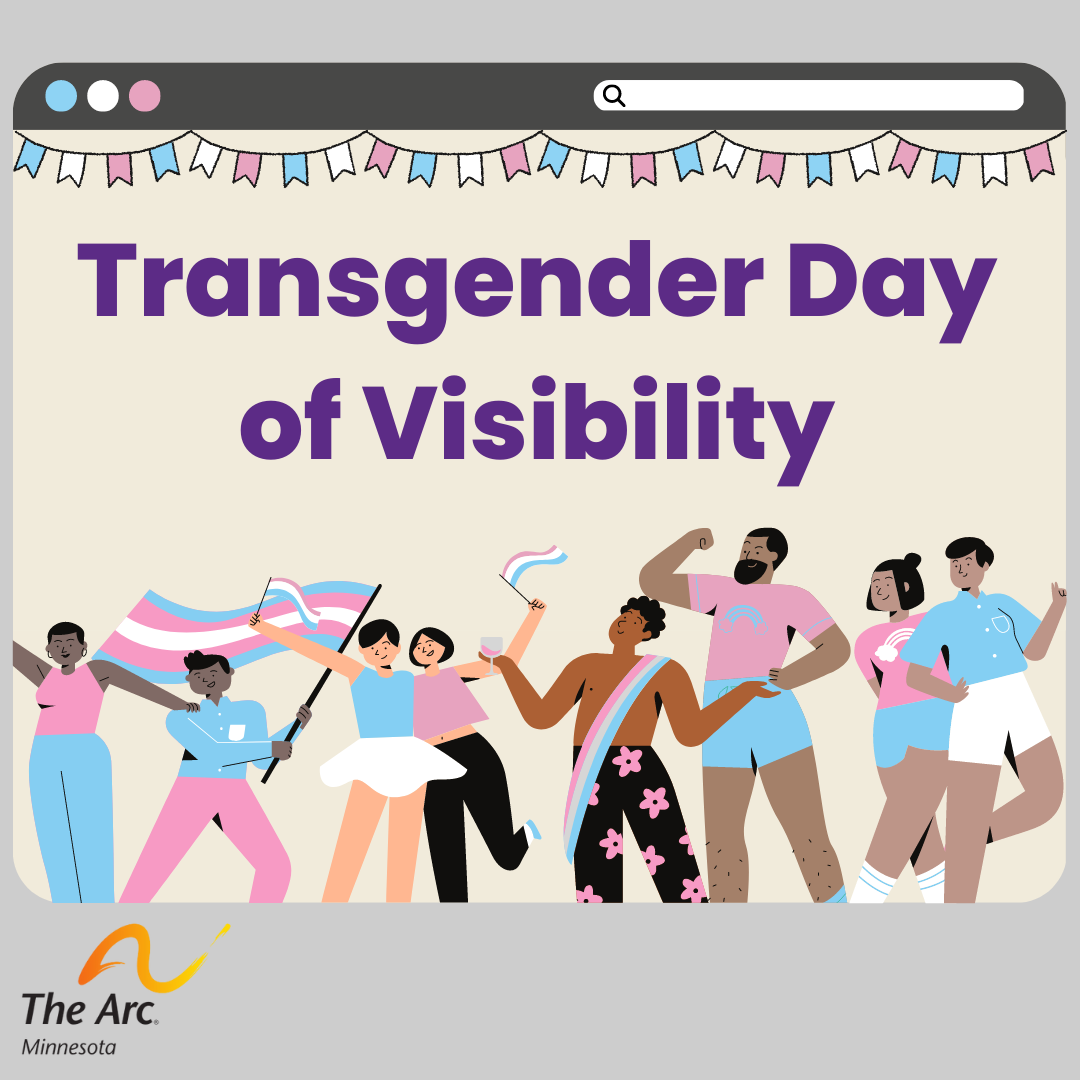International Transgender Day Of Visibility: How To Be A Stronger Ally

Table of Contents
Educate Yourself on Transgender Issues and Terminology
Understanding transgender issues is the cornerstone of effective allyship. This involves learning key terminology and grasping the nuances of gender identity and expression. Misinformation and misunderstanding fuel discrimination, so accurate knowledge is crucial.
-
Sex Assigned at Birth vs. Gender Identity vs. Gender Expression: It's vital to understand the differences. Sex assigned at birth refers to the sex assigned by medical professionals at birth. Gender identity is one's internal sense of being a man, woman, both, neither, or somewhere else along the gender spectrum. Gender expression is how someone outwardly presents their gender through clothing, behavior, and other means. These are distinct and independent aspects of identity.
-
The Importance of Pronouns and Names: Using correct pronouns (he/him, she/her, they/them, etc.) and names demonstrates respect and affirms a person's identity. Misgendering, even unintentionally, can be hurtful and invalidating. Always ask politely, "What pronouns do you use?" and respect their answer.
-
Key Transgender Terminology: Familiarize yourself with terms like cisgender (a person whose gender identity aligns with their sex assigned at birth), transgender, non-binary, genderqueer, agender, and others. Resources like GLAAD's glossary of LGBTQ+ terminology are invaluable for accurate definitions.
-
Understanding the Challenges: Transgender individuals face significant challenges, including discrimination in employment, housing, healthcare, and education; harassment; and violence. Learning about these systemic issues is critical to becoming an effective ally.
-
Reliable Resources: Consult reputable organizations like GLAAD (Gay & Lesbian Alliance Against Defamation), The Trevor Project (a suicide prevention and crisis intervention organization for LGBTQ young people), and the Human Rights Campaign (HRC) for accurate and up-to-date information.
Practice Respectful Communication and Active Listening
Respectful communication is paramount in building trust and fostering supportive relationships with transgender individuals. This goes beyond simply avoiding offensive language; it’s about creating a safe and inclusive space.
-
Inclusive Language: Use gender-neutral language when possible ("they/them" as a singular pronoun, "folks" instead of "guys," etc.). Avoid making assumptions about someone's gender identity or expression.
-
Respecting Pronouns: Actively listen and remember the pronouns and names shared by transgender individuals. Correct others if they misgender someone, but do so privately and respectfully.
-
Active Listening: Create a space where transgender individuals feel comfortable sharing their experiences. Listen attentively without interruption or judgment. Show empathy and understanding.
-
Creating a Safe Space: A safe space is one where individuals feel accepted, respected, and free from judgment or fear. This involves actively challenging transphobic comments or behaviors.
-
Challenging Transphobia: When you witness transphobic language or actions, speak up. This could be a simple correction, a direct challenge, or reporting the incident to the appropriate authorities, depending on the context.
Advocate for Transgender Rights and Equality
Allyship extends beyond individual interactions; it requires advocating for systemic change and supporting policies that protect transgender rights.
-
Legislative Support: Support legislation that protects transgender rights, such as access to gender-affirming healthcare, non-discrimination laws, and bathroom bills that ensure access for transgender individuals.
-
Organizational Support: Donate to or volunteer with organizations that support transgender individuals, such as The National Center for Transgender Equality or local LGBTQ+ centers.
-
Education and Awareness: Educate your friends, family, and colleagues about transgender issues and the importance of allyship. Share accurate information and challenge misconceptions.
-
Speaking Out Against Discrimination: Publicly speak out against transphobia and discrimination wherever you encounter it. Use your voice to promote understanding and acceptance.
-
Supporting Transgender Businesses: Support transgender-owned businesses and organizations to contribute to economic empowerment within the community.
Supporting Transgender Individuals in Your Daily Life
Allyship is a continuous journey that involves integrating inclusive practices into your daily life.
-
Consistent Inclusive Language: Use inclusive language in all aspects of your life—online, in person, and at work. This demonstrates ongoing commitment to allyship.
-
Correcting Misgendering: Correct others when they misgender a transgender person, but do so tactfully and respectfully.
-
Workplace Advocacy: Be an advocate for transgender rights in your workplace by supporting inclusive policies and challenging discriminatory practices.
-
Media Representation: Support transgender visibility and representation in media by consuming and promoting media that accurately and positively portrays transgender individuals.
-
Celebrating Visibility: Celebrate International Transgender Day of Visibility and other LGBTQ+ awareness days to show your support and raise awareness.
Conclusion
Becoming a stronger ally for the transgender community is an ongoing process of learning, listening, and advocacy. By educating yourself, engaging in respectful communication, and actively supporting transgender rights and equality, you contribute to a more inclusive and equitable world. This International Transgender Day of Visibility, commit to being a better ally. Learn more about transgender issues, engage in respectful dialogue, and actively support the transgender community. Let's make every day a day of visibility and support for the transgender community. Let's work together to create a world where all transgender individuals feel safe, respected, and celebrated.

Featured Posts
-
 Unlocking Potential The Impact Of Strong Middle Management On Company Culture And Productivity
May 10, 2025
Unlocking Potential The Impact Of Strong Middle Management On Company Culture And Productivity
May 10, 2025 -
 Trumps 10 Tariff Threat Conditions And Exceptions
May 10, 2025
Trumps 10 Tariff Threat Conditions And Exceptions
May 10, 2025 -
 Perus Mining Ban A 200 Million Gold Output Loss
May 10, 2025
Perus Mining Ban A 200 Million Gold Output Loss
May 10, 2025 -
 Vegas Claims Playoff Berth After Narrow Loss To Oilers 3 2
May 10, 2025
Vegas Claims Playoff Berth After Narrow Loss To Oilers 3 2
May 10, 2025 -
 Pentagon Orders Review Of Military Academy Books Potential For Removal
May 10, 2025
Pentagon Orders Review Of Military Academy Books Potential For Removal
May 10, 2025
